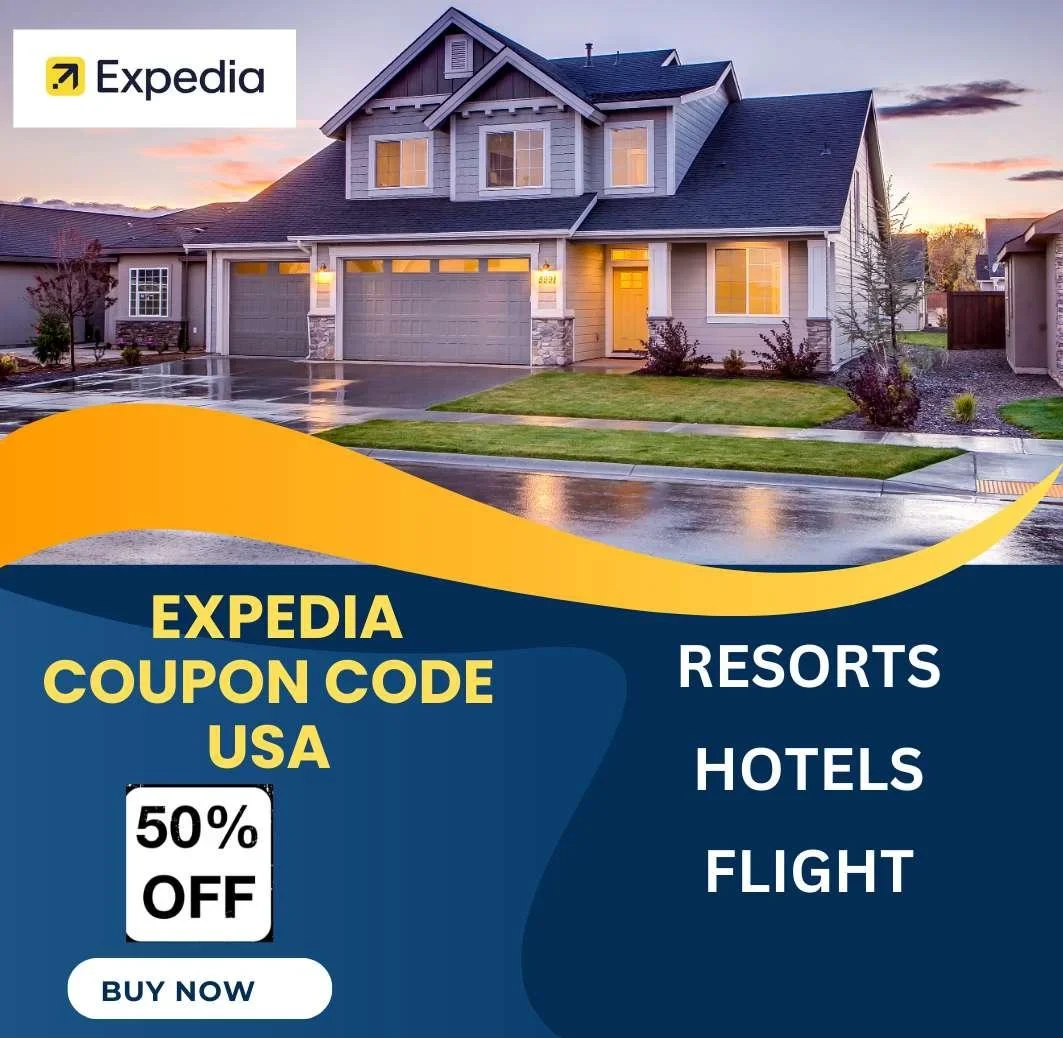Introduction to the Vatican Museums and Sistine Chapel
The Vatican Museums and Sistine Chapel are among the most significant cultural and religious sites in the world. Situated in Vatican City, these landmarks house an unparalleled collection of art, history, and religious treasures. The Vatican Museums, established by Pope Julius II in the early 16th century, boast over 20,000 pieces on display, with masterpieces ranging from ancient Roman sculptures to Renaissance paintings. One of the highlights of any visit is the Sistine Chapel, famous for its stunning ceiling frescoes painted by Michelangelo. Completing this journey is a visit to St. Peter’s Basilica, one of the largest and most important churches in Christianity.
This detailed guide explores the historical significance, artistic marvels, and must-see attractions within the Vatican Museums, Sistine Chapel, and St. Peter’s Basilica. By the end of this tour, you will have a deeper understanding of why these sites are revered worldwide and how they continue to shape religious and cultural narratives.
The Rich History of the Vatican Museums
Origins and Establishment
The Vatican Museums trace their origins to the early 16th century when Pope Julius II began collecting sculptures and artwork to preserve the cultural heritage of the Church. Over the centuries, the collection expanded significantly, with subsequent popes contributing to the museum’s growth. Today, the Vatican Museums encompass several galleries and rooms, each dedicated to different periods and styles of art, making it one of the largest and most diverse art collections in the world.
- Belvedere Courtyard: One of the earliest additions to the museum was the Belvedere Courtyard, where Pope Julius II displayed classical sculptures such as the famous Laocoön Group, a masterpiece of Hellenistic art. This courtyard became the foundation of the Vatican’s art collection and remains a must-see area for visitors.
- Raphael Rooms: Commissioned by Pope Julius II, Raphael’s frescoes in the Vatican Palace are considered some of the greatest achievements of the High Renaissance. These rooms, known as the Stanze di Raffaello, include famous works such as The School of Athens, which depicts philosophers like Plato and Aristotle.
Expansion and Preservation
As the Vatican Museums continued to grow, new galleries were added, including the Gallery of Maps, the Gallery of Tapestries, and the Pio-Clementine Museum, which houses ancient Greek and Roman sculptures. Each gallery reflects the Vatican’s commitment to preserving not only Christian art but also the cultural heritage of ancient civilizations.
- Gallery of Maps: This gallery, commissioned by Pope Gregory XIII in the late 16th century, features large frescoes of maps depicting the Italian peninsula. The detailed cartography and vibrant colors make this gallery one of the most visually striking sections of the museum.
- Pinacoteca: The Vatican’s art gallery, known as the Pinacoteca, was added in the 20th century and contains works by renowned artists such as Caravaggio, Leonardo da Vinci, and Titian. This collection spans from the Middle Ages to the Renaissance, providing a comprehensive view of European art history.
The Masterpiece of the Sistine Chapel
Michelangelo’s Vision
The Sistine Chapel, named after Pope Sixtus IV, is one of the most iconic landmarks in the world. Its ceiling, painted by Michelangelo between 1508 and 1512, is a masterpiece of Renaissance art. Michelangelo’s frescoes depict scenes from the Book of Genesis, including the famous Creation of Adam, where God’s hand reaches out to give life to Adam. The sheer scale and detail of Michelangelo’s work make the Sistine Chapel one of the most awe-inspiring experiences for visitors.
- The Ceiling Frescoes: Michelangelo’s ceiling frescoes are composed of nine central panels depicting scenes from the Book of Genesis. Surrounding these panels are images of prophets, sibyls, and ancestors of Christ. The dynamic poses and expressive figures showcase Michelangelo’s unparalleled skill in portraying the human form.
- The Last Judgment: In addition to the ceiling, Michelangelo also painted The Last Judgment on the altar wall of the Sistine Chapel. Completed in 1541, this monumental work depicts the second coming of Christ and the final judgment of souls. The dramatic composition, with figures ascending to heaven or descending into hell, reflects Michelangelo’s intense vision of divine justice.
Significance in Religious Rituals
The Sistine Chapel is not only an artistic masterpiece but also a place of deep religious significance. It serves as the site of the papal conclave, where cardinals gather to elect a new pope. The chapel’s role in these rituals underscores its importance within the Vatican and the broader Catholic Church.
- Papal Conclave: During the conclave, the cardinals are sealed inside the Sistine Chapel, where they cast their votes. The famous white or black smoke, signaling whether a pope has been elected, is emitted from the chapel’s chimney, making this event a closely watched moment in global news.
- Daily Use: The Sistine Chapel also functions as a place of worship and prayer for the pope and Vatican officials. Its continued use for religious ceremonies connects the art of the Renaissance with the living traditions of the Catholic Church.
St. Peter’s Basilica: A Symbol of Christianity
The Largest Church in the World
St. Peter’s Basilica is the largest church in the world and one of the holiest sites in Christianity. Built over the tomb of St. Peter, the first pope, the basilica has been a pilgrimage destination for millions of people over the centuries. The current structure was completed in the 17th century, replacing an earlier basilica that had stood since the 4th century. Designed by some of the greatest architects of the time, including Bramante, Michelangelo, and Bernini, St. Peter’s Basilica is a testament to the grandeur and power of the Catholic Church.
- The Dome: Michelangelo’s dome is one of the most recognizable features of St. Peter’s Basilica. Standing at over 136 meters high, it dominates the skyline of Vatican City. Visitors can climb to the top of the dome for a panoramic view of Rome and the Vatican.
- The Altar and Baldachin: At the heart of the basilica is the Papal Altar, located directly above the tomb of St. Peter. Bernini’s bronze baldachin, a massive canopy that stands over the altar, is a masterpiece of Baroque architecture. The intricate details and grandeur of the baldachin create a focal point that draws the eye upward toward the dome.
Religious and Artistic Treasures
St. Peter’s Basilica is home to numerous religious and artistic treasures, including Michelangelo’s Pietà, a stunning marble sculpture of the Virgin Mary holding the body of Christ. The basilica also contains works by Bernini, including the Chair of St. Peter, a symbolic throne that represents the authority of the pope.
- Pietà: Michelangelo’s Pietà is one of the most famous sculptures in the world. Carved from a single block of marble, the sculpture captures the sorrow and grace of the Virgin Mary as she cradles the lifeless body of Christ. The delicate details and emotional depth of the Pietà make it a highlight of any visit to St. Peter’s Basilica.
- Chair of St. Peter: Bernini’s Chair of St. Peter is a monumental sculpture that frames the apse of the basilica. The chair itself is an ancient wooden throne, believed to have been used by St. Peter, encased in a gilded bronze structure. The dramatic composition, with angels and rays of light surrounding the chair, symbolizes the divine authority of the papacy.
Pilgrimage and Spiritual Reflection
St. Peter’s Basilica continues to be a major pilgrimage site for Catholics around the world. Every year, millions of pilgrims visit the basilica to pray, attend Mass, and reflect on their faith. The grandeur of the basilica, combined with its deep spiritual significance, makes it a place of profound reflection and devotion.
- Pilgrimage Tradition: Pilgrims from all corners of the world come to St. Peter’s Basilica to pray at the tomb of St. Peter and to seek blessings from the pope. The basilica’s role as a pilgrimage site connects believers with the early history of Christianity and the foundations of the Church.
- Jubilee Years: During Jubilee years, which occur every 25 years, special indulgences are granted to pilgrims who visit St. Peter’s Basilica and pass through the Holy Door, a symbolic entrance that is opened only during these holy years.
Booking Your Vatican Museums, Sistine Chapel, and St. Peter’s Basilica Tour
To fully experience the richness of the Vatican Museums, Sistine Chapel, and St. Peter’s Basilica, we recommend booking a guided tour. A knowledgeable guide can provide insights into the history and significance of each site, ensuring that you don’t miss any important details. Booking your tour through Viator ensures a seamless experience, with skip-the-line access and expert guides to lead the way.
- Viator Booking Link: For an unforgettable experience at the Vatican Museums, Sistine Chapel, and St. Peter’s Basilica, book your tour through Viator.
Conclusion
The Vatican Museums, Sistine Chapel, and St. Peter’s Basilica offer a journey through centuries of art, history, and religion. From Michelangelo’s breathtaking frescoes in the Sistine Chapel to the grandeur of St. Peter’s Basilica, these sites are not just symbols of the Catholic Church but also of human creativity and devotion. A visit to these landmarks leaves a lasting impression, offering both artistic inspiration and spiritual reflection.
For more travel insights and experiences, visit Izase, where we share stories and tips on exploring the world’s most fascinating destinations.
Disclaimer: Information provided in this article may be subject to changes or modifications. Please check with the tour provider or official Vatican websites for the latest updates.
MORE FROM IZASE


